Hot Weather Problems
Our Center for Disease Control reports that excessive heat causes more fatalities than lightning, flooding, hurricanes, tornadoes, or earthquakes. Heat cramps, heat exhaustion, and heat stroke are the three primary hot weather health problems.
Avoid these illnesses by maintaining a constant intake of fluids. Preventing dehydration is essential. Next, if you get too hot, take a break in the shade, rest, and give yourself time to cool off.
Heat Cramps
Heat cramps are an early sign of heat exhaustion. The leg and abdominal muscles cramp up because they lack the electrolytes necessary for them to relax.. Dehydration lowers the essential potassium, sodium, and calcium levels. These charley horse-type pains are uncomfortable.
Treat cramps by replenishing fluid intakes. Eating fresh veggies and fruits helps by adding electrolytes. A diluted sports drink such as Power Aid or Gatorade is helpful. Drink these fluids slowly. Sip and rest repeatedly. It may take up to an hour to drink a quart.
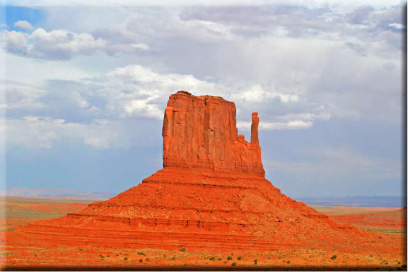
You can make a homemade electrolyte drink by adding two teaspoons sugar and ½ teaspoon salt to a quart of water or fruit juice such as apple, orange, or grapefruit juice.
Massage muscles to improve their circulation. Rest is essential for these muscles to convert ADP to ATP. (Adenosine diphosphate to adenosine triphosphate) ATP is essential for muscle relaxation. Calcium is also needed as a coenzyme for this conversion. Hence bananas and some milk may speed the recovery. Bananas furnish potassium and milk has calcium.
Heat Exhaustion
If heat cramps go untreated, the more serious condition of heat exhaustion may occur. The skin becomes pale and may feel cool and clammy. Fainting, weakness, nausea, heavy sweating, mental confusion, headaches, and dizziness are symptoms.
In heat exhaustion, the blood vessels dilate in an effort to lower the core body temperature. These dilated vessels decrease the blood supply to the brain, causing impaired brain function, dizziness, and fainting. A marked decrease in urine output and an elevated body temperature occur. The heart tries to compensate by increasing its rate, resulting in a fast, weak pulse.
Treatment includes drinking fluids with electrolytes. Loosen clothing, lie down, raise feet, and cool down by sponging on cool water or fanning the body. The head should be lower than the feet because this posture increases the circulation to the brain. If vomiting occurs, the lost fluid and electrolytes can result in a serious condition, and medical attention will be needed.
Your aim is to provide a cool, comfortable rest, and to replace lost fluids and electrolytes. The problem of heat stroke should be avoided.
Heatstroke
Heatstroke is a medical emergency and must be immediately treated. The victim may lapse into unconsciousness. In heatstroke the skin is hot, red, and dry. The pulse is rapid and strong. This condition may become life threatening. Heatstroke can develop suddenly. What’s happened is that the body’s temperature-regulating mechanism has failed.
Treatment is to cool down the victim quickly; hospitalization is necessary. Relapses can possibly occur. To cool the person down quickly, undress them and bathe them in cool water. If they are conscious, and you are in the wild, put the victim in a stream or pond. If there is no available water, provide shade and fan them continually to cool them down. Move them to a cool place if possible.
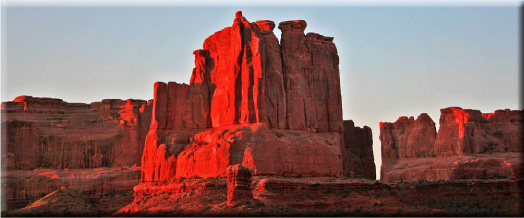
Tylenol may reduce body temperature. Dry off the victim once the body temperature has returned to a normal 98.6°F. Body temperatures of 104°F may occur in heatstroke.
Check the victim’s airway to make sure that it’s open and not compromised. Massaging the extremities encourages circulation and helps in lowering the body temperature. Monitor breathing and pulse. Never let the victim resume activity without a medical evaluation. Relapses can happen and their severity may increase.
Hiking raises the body’s temperature because muscle contraction produces heat. If you become over-heated, slow the hiking pace and take more rests. Allow the heat to escape.
Much more fluid is needed when hiking, especially in hot weather. Prevent dehydration by continually replenishing fluids. Drink before you’re thirsty or have a dry mouth. Monitor your urine; if it darkens, that is a sign that your fluid intake is inadequate. Clear urine is most desirable. Cool off in a water source. Enjoy a quick dip or a water fight. When you get hot, try to find some shade and take a rest. Choose to hike in an area that has water and shade.
Watch the relative humidity. A rise in humidity makes sweat evaporation more difficult. It is harder for the body to cool down when the humidity is high.
When the temperature reaches 80°F and above, heat disorders are more frequent. The higher the temperature, the more the problem and the more preventative measures are required. Temperatures above 90°F or 100°F are a problem for hiking.
Perspiring can cause five to ten quarts of sweat loss in a single day. Take along extra water and plan to have available five to twelve quarts per person for drinking, cooking, etc. per day of camping.
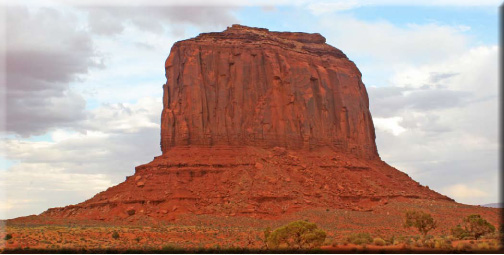
Dress for hot weather. Loose fitting clothing allows for better air circulation. Wicking clothing allows for more comfort. Tightly woven, lightweight clothing is best. Eat fresh vegetables and fruits. They naturally replenish lost electrolytes. Before going to bed, have some hot soup; this replenishes the salt loss.
Sun protection is essential. Adequate clothing protects you from sunburn. A well ventilated hat with a wide brim is essential to shade the face. Sunburn and exposure are not only painful but can lead to skin cancer. Sunscreens prevent burning and pain. The sun is strongest during the four hours of midday. This is a good time to rest from your hiking. Lip balm and sunglasses are essential. Choose sunglasses that have UV filters. Polarized ones cut down on glare from water and other smooth objects. Heat rash results when sweat cannot escape and skin chafing occurs.
Avoid the intake of caffeine. Tea, coffee, and soft drinks containing caffeine make dehydration worse. Caffeine is a diuretic and increases the loss of body fluids in the urine. Electrolytes are also diminished.
Planning to prevent heat disorders is much smarter than treating them.
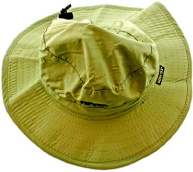
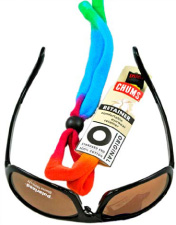
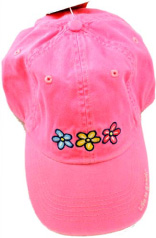
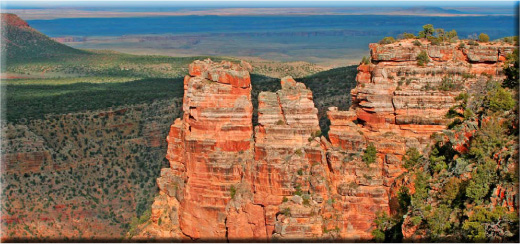

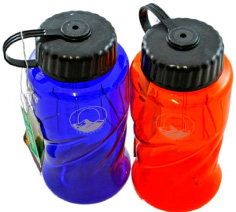
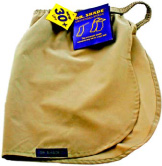
Camping Adventures • Dutch Oven Cooking • Sports Knots
Fly Tying • Freshwater Fishing • Fly Fishing

